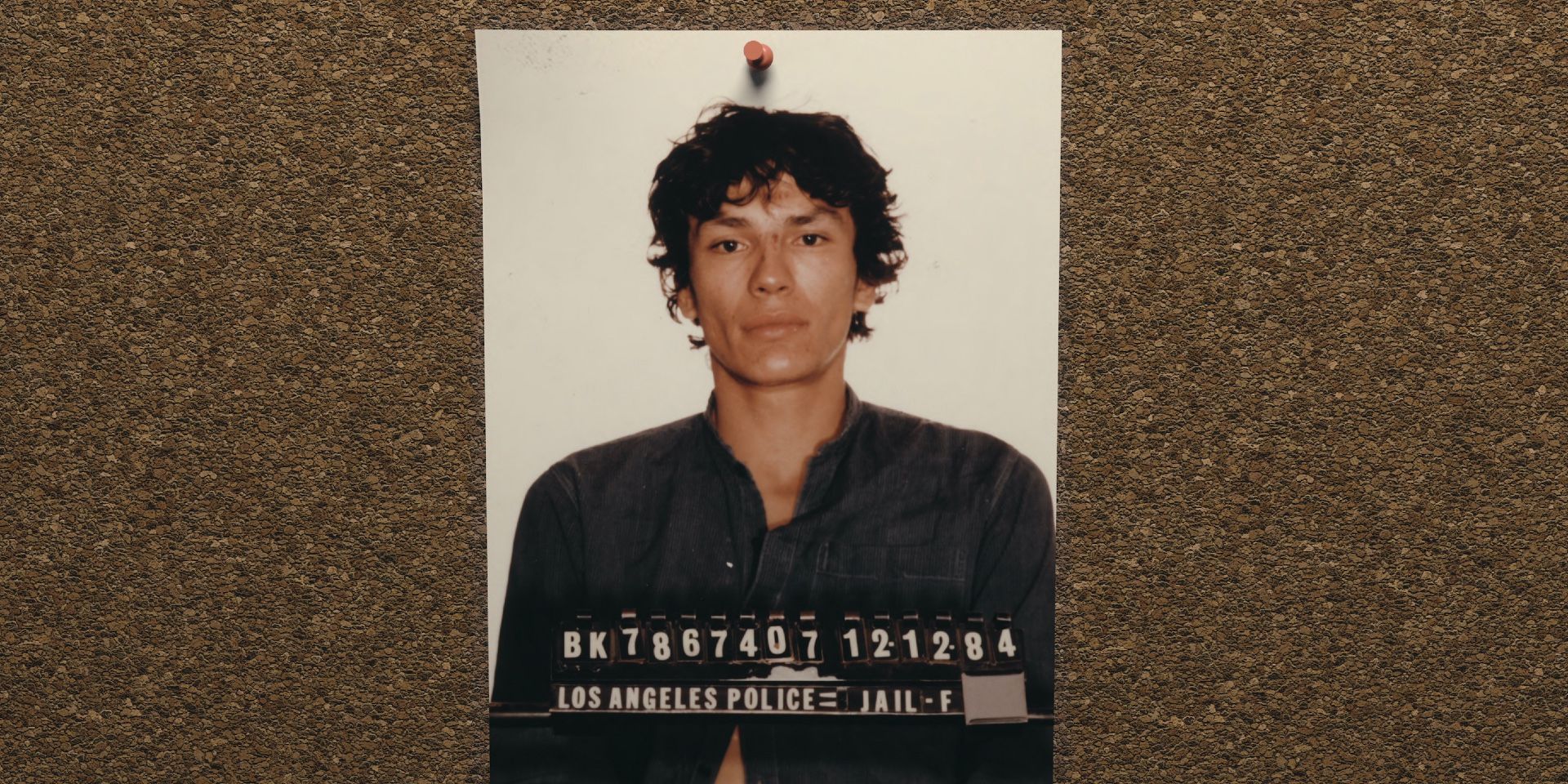Night Stalker raises questions about the extent of Richard Ramirez's crimes. The four-part Netflix show chronicles the subject's 1985 killing spree, in which he murdered 13 adult men and women throughout California and even attacked young children. In the final Night Stalker episode, "Manhunt," it's heavily implied that Ramirez may have started killing in the greater Los Angeles area long before the spring of '85 — but just how historically accurate is that?
Night Stalker primarily focuses on the perspectives of lead detectives Gil Carrillo and Frank Salerno, who painstakingly detail their investigative experiences. Much to the surprise of some Netflix viewers, the docuseries includes extremely graphic images of crime scenes, which - to be fair - is common in such productions yet still shocking all the same. Overall, Night Stalker on Netflix pinpoints questions that audiences may be curious about: Who? Where? How? In that regard, director Tiller Russell effectively details the specifics of each 1985 murder, but surprisingly doesn't look beyond the focal timeframe to better understand the WHY of it all. Since Night Stalker invests little time exploring Ramirez's motivations, there's naturally little insight about the first 24 years of his life from 1960 to 1984.
Night Stalker confirms that Ramirez has been linked to at least one pre-1985 murder. During the fourth episode of the serial killer documentary, the aforementioned Salerno notes that fingerprint evidence connects the infamous killer to a June 1984 case involving 79-year-old Jennie Vincow in the Glassell Park neighborhood of Los Angeles. While theorizing about potential murders before 1985, Salerno states that "it's a long time from from June to March," with the implication being that Ramirez may have potentially killed even more people during that timeframe. Salerno's uneasy demeanor suggests that he believes the Night Stalker didn't just stop killing after his first documented murder, which raises questions about unsolved crimes not only in Los Angeles, but also in San Francisco where Ramirez killed at least one person, an Asian man named Peter Pan.
Two months before the June 1984 Vincow murder, Ramirez reportedly killed a nine-year-old San Francisco girl named Mei Lung. In 2009, the Night Stalker's DNA was linked to the crime scene, which makes the case his first documented murder. During the Netflix true crime series, San Francisco police inspector Frank Falzon recalls a 1985 post-arrest conversation with Ramirez, in which the killer admitted to murdering two elderly women in the Telegraph Hill neighborhood of San Francisco. The victims were actually sisters named Christina and Mary Caldwell (via the San Francisco Examiner), which is significant because the Night Stalker murdered two elderly sisters named Mabel Bell and Florence Lang in May 1985. Ramirez's admission to Falzon aligns with his established modus operandi.
Night Stalker's fourth episode begins with a two-minute sequence about Ramirez's troubled childhood, and highlights the fact that he was repeatedly tied to a graveyard cross by his father, and also that he witnessed the murder of a woman. Such biographical information is undoubtedly crucial when analyzing Ramirez's motivation to kill as an adult, certainly when theorizing if he had murdered or harmed anyone before 1984. Unfortunately, Night Stalker doesn't attempt to expand on factual information about Ramirez's formative years, and instead frames the subject as the prototypical "evil" serial killer who was into heavy metal music and satanism (which are concepts that the "Night Stalker" clearly used to his advantage while developing his personal brand with the media's help). Still, Ramirez went to his grave without admitting to even more murders, which seems to imply that maybe he did start killing in 1984, and then became more confident with his methods the following year.


